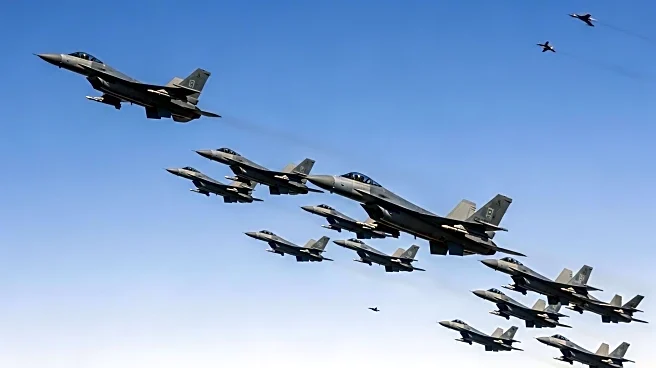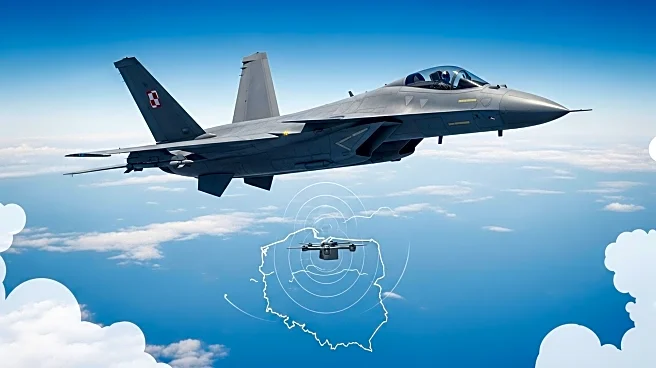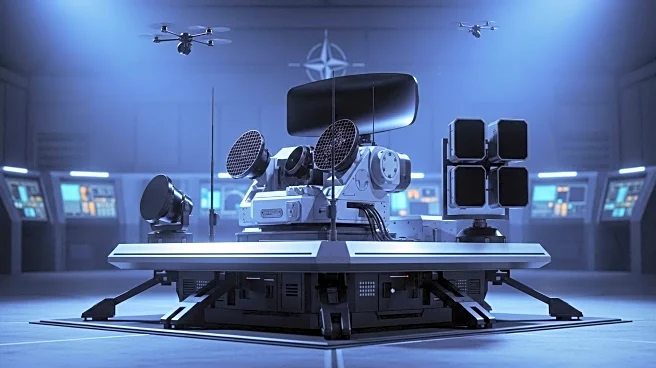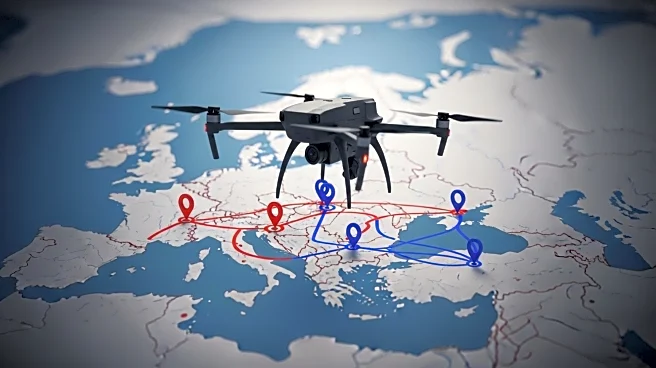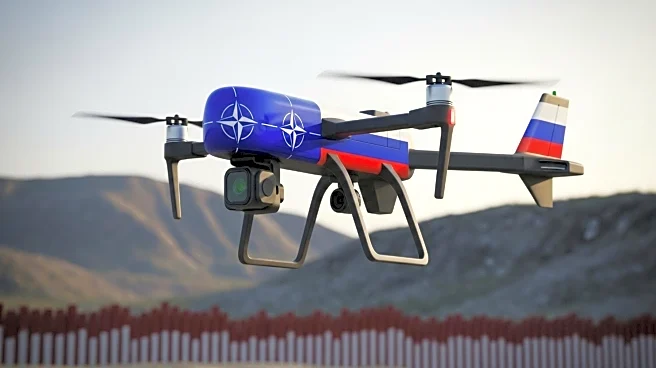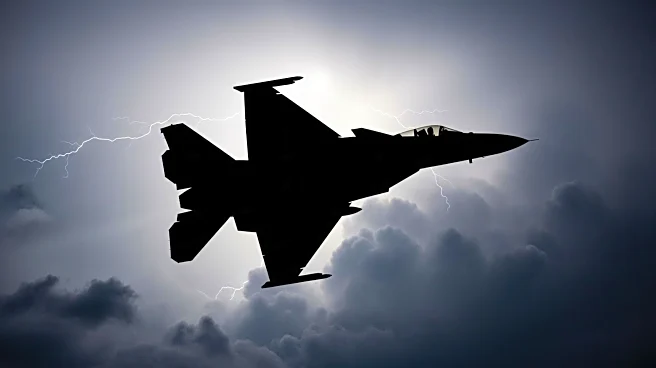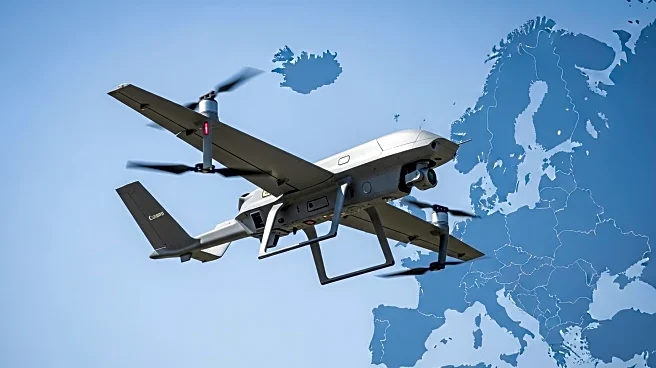What's Happening?
NATO is facing a significant challenge as Russian drones continue to swarm Ukraine, with some crossing into Poland. These drones, often made from inexpensive materials like plywood and foam, have managed to evade NATO's multimillion-dollar air defenses. In response, NATO is exploring the use of laser technology as a potential solution to this problem. Lasers, which are being developed and deployed by several Western countries, offer a cheaper and potentially more efficient method of neutralizing drones compared to traditional missiles or rockets. Israel and Ukraine have already utilized laser-based weapons in combat scenarios, demonstrating their effectiveness.
Why It's Important?
The increasing use of drones in warfare represents a shift in military tactics, posing a challenge to traditional air defense systems. The cost disparity between drones and the missiles used to counter them is significant, with drones costing hundreds to tens of thousands of dollars, while missiles can cost millions. This economic imbalance necessitates a reevaluation of defense strategies. Laser technology could provide a cost-effective solution, potentially saving NATO countries substantial resources while enhancing their defensive capabilities. The adoption of lasers could also influence global military strategies, prompting other nations to consider similar technologies.
What's Next?
NATO's exploration of laser technology could lead to widespread adoption of these systems across member countries. This shift may prompt further research and development in laser-based weapons, potentially leading to advancements in their efficiency and effectiveness. As NATO continues to address the drone threat, member countries may increase collaboration on defense technology, sharing insights and innovations. Additionally, the use of lasers could influence international arms agreements and regulations, as nations seek to balance technological advancements with ethical considerations.
Beyond the Headlines
The integration of laser technology into military defense systems raises ethical and legal questions regarding the use of such weapons. As lasers become more prevalent, discussions around their regulation and potential impact on warfare norms will likely intensify. Furthermore, the development of laser weapons could spur technological advancements in other sectors, such as energy and communications, as researchers explore new applications for laser technology.

